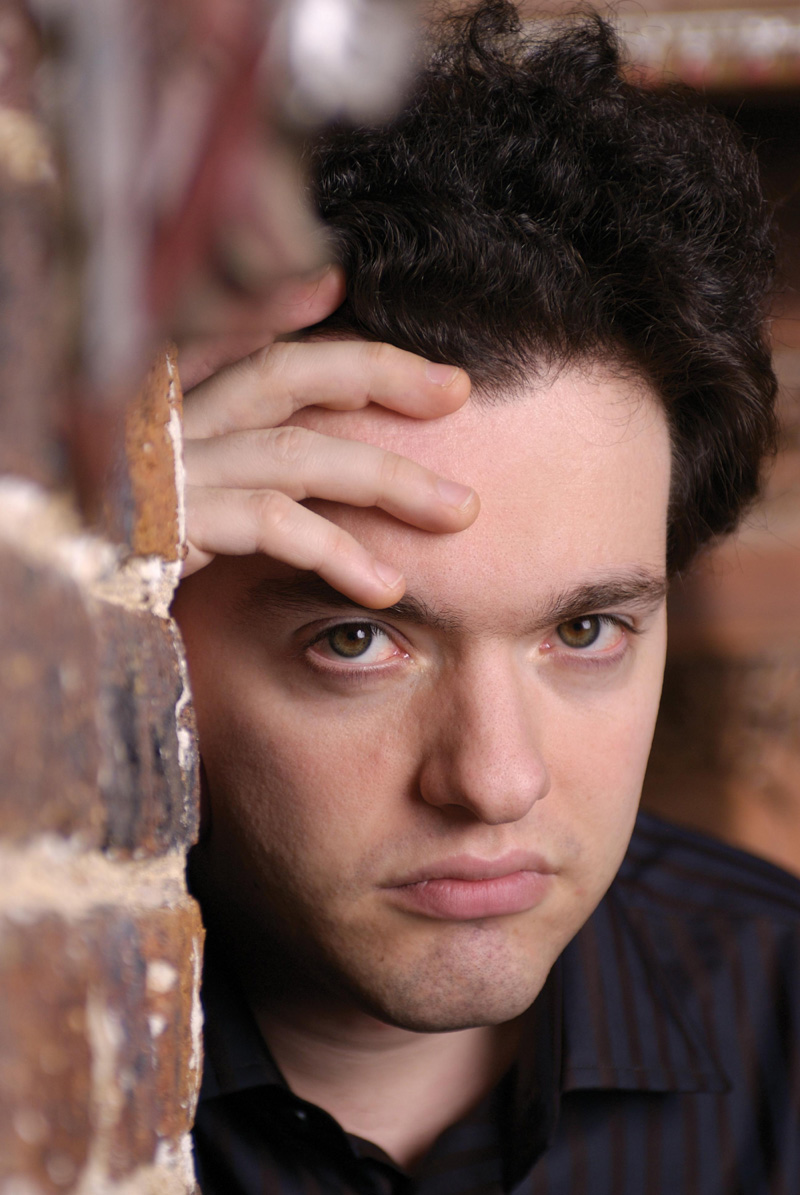
Extraordinary pianist thrills crowd in rare appearance
In a nod to San Francisco Performances for agility and to their audience for flexibility, the long-awaited Evgeny Kissin recital at Davies Symphony Hall was successfully rescheduled at the last moment. Kissin’s illness forced a massive e-mail campaign that reached all but a dozen ticket holders two days before his Wednesday evening concert, which was postponed one day to Thursday night.
With only a scattering of seats available, a capacity crowd of thousands apparently changed their itineraries en masse to hear the legendary Kissin, once a child prodigy and now a mature force.
Delving into Prokofiev’s brooding genius and mining the consumptive melancholy of Chopin, Kissin brought us interpretations stunning in their freshness and potency.
Prokofiev’s orchestral score for Romeo and Juliet had been toned down by the Russian state, “prettified” for ballet, but the 2008 resurrection of his original 1936 version was recently choreographed by Mark Morris and seen here. In Kissin’s hands, the Piano Suite version contains all the sarcasm and strut Prokofiev intended.
Kissin’s technical mastery is so complete that he has no reservations about the emotional demands, clarifying each changing mood. In Juliet’s theme his fingers tripped over themselves in near-catastrophe, lighthearted romps of youth, then slowed for moments of reverie.
Kissin’s remarkably separate control of his hands was first apparent as his right hand repeated high chords, punctuating the left hand’s sinuous journey up the keyboard.
At Mercutio’s entrance, Kissin was harshly bright, almost carnival, with exaggerated colors. The well-known Dance of the Knights came to life in Kissin’s hands: his powerful left-hand dissonances shocked life into the swaggering trochaic meter. This is how this music should be heard—demanding, macho and electric with testosterone. And forget the orchestra. Prokofiev’s piano chords jangled with a power that dissonant violins could seldom match.
After demonstrating Prokofiev’s breadth, Kissin took on one of his darker works, the Piano Sonata No. 8 in B-flat Major, completed in 1944 in the midst of World War II. Kissin elucidated the intention and feeling to the point where one could imagine sitting in Prokofiev’s cabin 150 miles outside Moscow, confined by ice and the dread of war, pounding one note on the piano over and over as the world descended into madness.
Kissin brought us there gently, using the inner logic of strong emotions. His hands started in different modes, major in the right and the left answering each phrase with other thoughts. Then the left came into its own, deeper notes grumbling and swarming over the keys. The right framed those passages with high trickles of notes. The long first movement contains a quiet center, but it is a quiet without ease. He slowly built with big low chords, between manic and angry, until he was virtually beating the piano.
The short middle movement had a moderate lilt over traces of the brooding left hand, gentle with stains of sadness. Then the Vivace—a fevered quality, overbright and martial, with pounding chords shod with boots on the march. The motif returned, quieter, a tremble of hope balancing fear—and Kissin rose to the powerhouse ending.
The audience stood and roared, some calling out in Russian to their favored son.
And after, an entire evening of Chopin, delight in technical wizardry robbing melancholy of its sting. And repeated standing ovations. After giving in to demands for two encores (sweet Chopin and intense Prokofiev), the stiffly formal Kissin gave a rare smile.
The 12 Chopin pieces truly deserve an entire article, but let me simply encourage the reader not to miss this extraordinary pianist. He returns to the United States next September—sadly to Carnegie Hall, but perhaps we could carpool.
—Adam Broner
Originally published in the Piedmont Post
